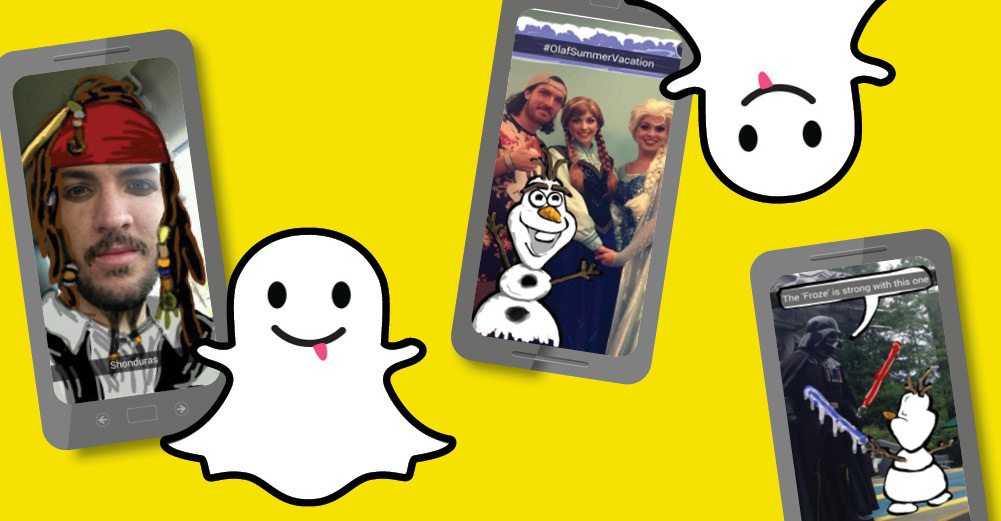Digital media has evolved, and with it, the ability to offer amazing interactive content experiences to clients. And yet, it seems that all too often branded content has remained stuck. Articles, blogs, white papers—these often don’t change all that much as they make the leap from print to web, despite the majority of consumers preferring more interactive formats.
One thing Content Marketing World made clear this year is that customers increasingly want to interact online with brands in novel ways. This could mean posting a selfie to a brand’s social media, taking a quiz, or engaging in another kind of digital activity that would never have been possible before. As marketers, we can allow our imaginations to run wild—adding audio, video, animation, and gamification to our branded content.
Importantly, this kind of content is proving to be not just interesting, novel and engaging but also effective—improving engagement rates and conversions—all while helping marketers acquire more first-party data too.
But because interactive content is still something of a new frontier, when it’s not approached carefully, things can go off the rails. Here are some guidelines for creating content experiences that will be successful, effective elements of any marketing campaign inspired by my learnings from Content Marketing World 2021.
Plan Ahead for Success
It sounds like a no-brainer, but careful preparation with your whole team is key. Start with your client objectives: What are you trying to achieve? Don’t let your excitement with technological bells and whistles, cool infographics, or dazzling animation overpower your ultimate goals. Make sure to involve your developers early and often, as they are key players in executing your project. And create a realistic schedule. Interactive content takes longer to execute than traditional content, so make sure your deadlines are realistic.
Consider Your Audience
Before you start writing, pause for a moment and consider who you are creating content for. Make your personas and customer journeys as granular and accurate as possible. Millennials and Gen Z have grown up being both content end-users and creators—watching endless videos on YouTube and TikTok, yet also creating and posting their own.
For an example of content that truly engages its users, look at—and listen to—Pace’s work on Truist’s Money & Mindset and how it addresses its young professional audience through a combination of down-to-earth articles, calculators and podcasts.
Be Clear
You want your experience to stand out—otherwise why do it? And when you are creating a fun digital interactive experience, it’s tempting to go for flashy effects, puns, and humor. But keep your eyes on the client’s objectives. It’s better to be clear than to be clever—especially with your copy. This is true almost across the board in digital situations, because whereas a human may or may not get your sense of humor, an SEO scanning bot will definitely not get it.
Entice Users
If you want customers to engage with your content, interactive features are a great start. For example, when Pace designed a website for client Sysco, we made sure the recipe pages are bold, easy to use, and anything but static. By clicking the box to the left of the ingredients, users are taken directly to a product page where they can purchase what they need. In addition, not only do users have the option to Print or Email the recipe by clicking buttons at the top, but they can also bookmark the recipe for later by clicking the ribbon icon. Favorite recipes are then stored on a landing page that can be accessed by clicking the ribbon icon at the very top of the web page.
On Bobbi Brown’s makeup site, you’ll find an array of virtual services, from video chats and live streams to video how-tos. In the videos, experts teach you how to apply makeup for a date, show glasses wearers how to wear makeup and show off Halloween styles. All the makeup used in the video is, of course, displayed during and after to be easily added to your cart.
Have a CTA
Once your customers have finished answering the quiz, following the decision tree, or decorating the virtual cake—don’t just leave them hanging. Give them something useful to do with a strong CTA, like post about their experience on social media or sign up for your newsletter. Let engagement build on engagement.
Bankrate’s mortgage calculator asks you to enter the price and zip code of the home you’re interested in buying and then provides a variety of information such as down payment, principal and interest and property tax on a 30-year loan. But below that core content, you will also find current mortgage rates and a button to click if you’re interested in getting pre-qualified. Keep scrolling and you get a whole new set of educational pieces about how to calculate how much house you can afford and more.
Conclusion
Because they spark engagement, interactive content experiences will continue to grow in popularity. They appeal to a large demographic that seems to have a short attention span, and pay off in KPIs and conversions. However, this type of content generally requires more people and time, and costs more than traditional media. When you are creating these shiny new toys, just don’t forget the basics of great content: Be clear. Be Concise. Give the customer what they want/need as efficiently and seamlessly as possible.
You don’t have to do it alone.
Pace Digital can help you fit interactive and experiential content into your content strategy. Want to get started? Contact us today!



